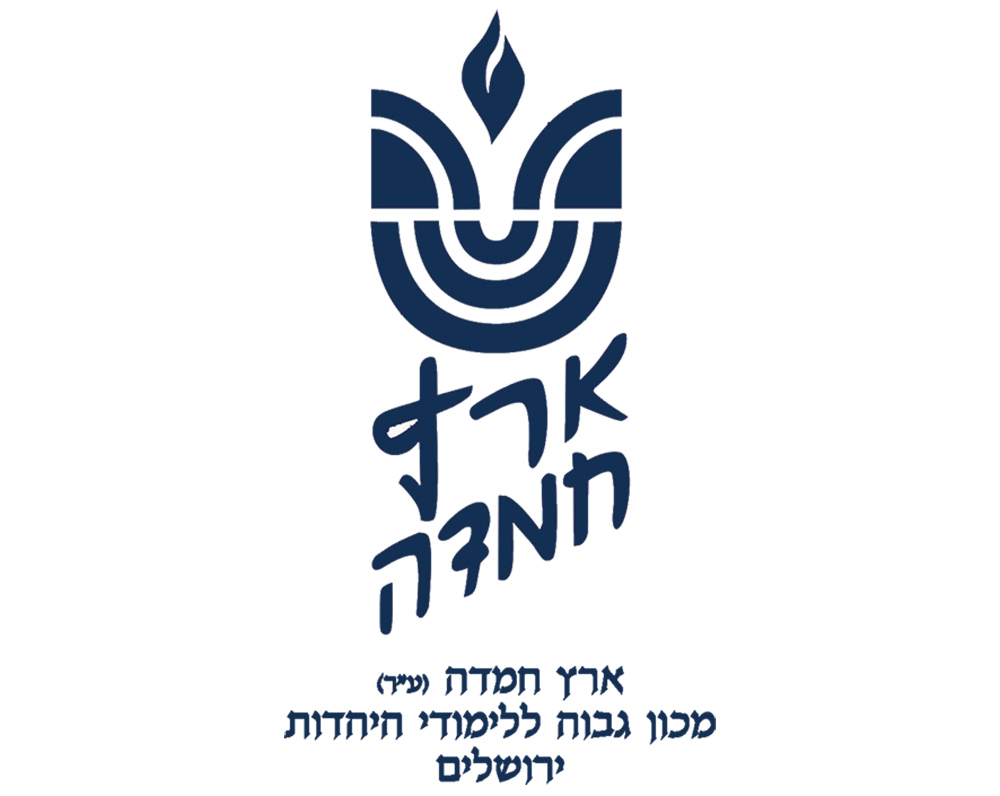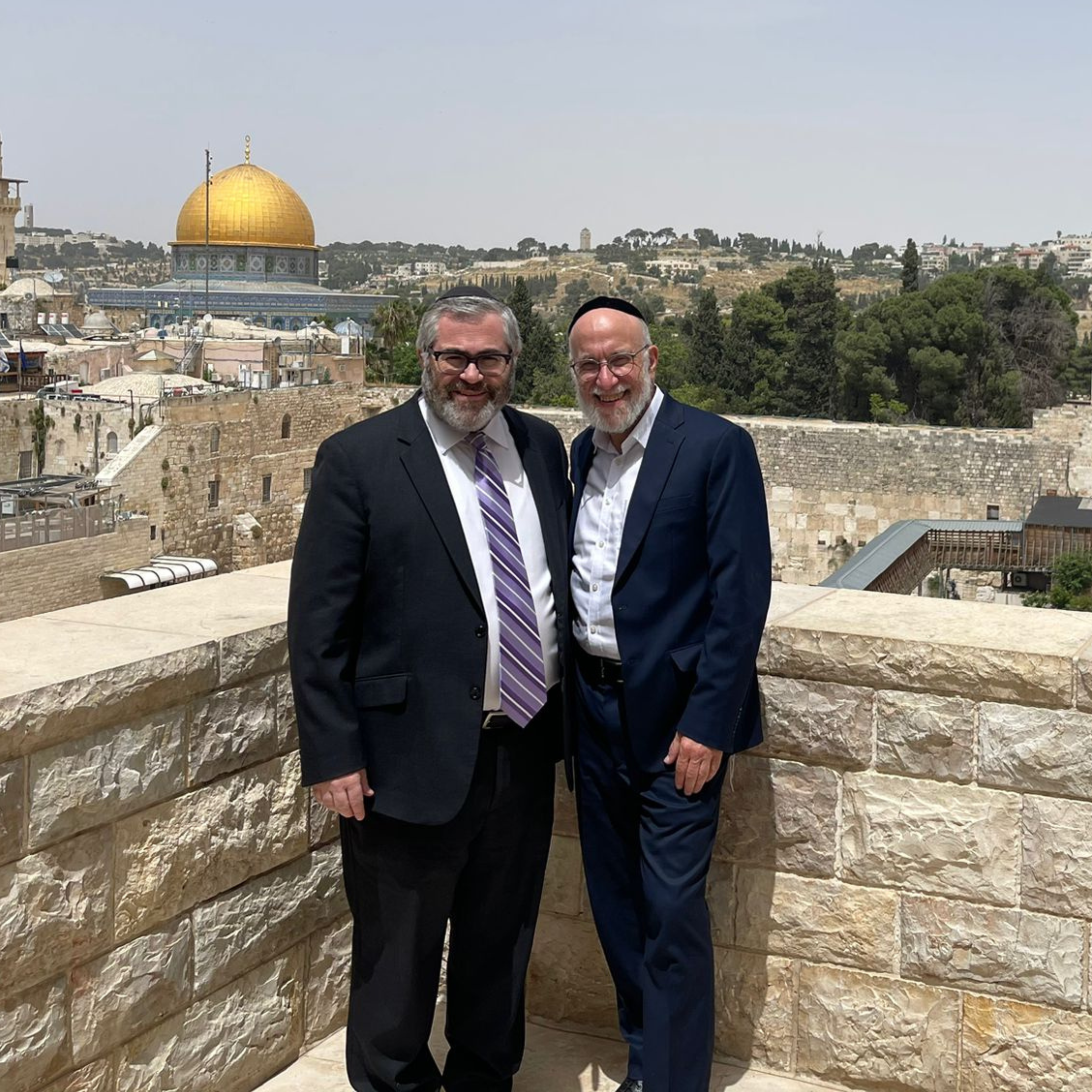
לעילוי נשמת
יואל אפרים בן אברהם עוזיאל זלצמן ז”ל
Question: My shul davens Mincha right before sunset and Maariv right after it. During the Sefirah period, may I rely on Sefirat HaOmer done at that time?
Answer: We find different starting times for mitzvot of the night/next halachic day. The time for evening Kriat Shema is tzeit hakochavim (the emergence of three stars) (Brachot 2a; Shulchan Aruch, Orach Chayim 235:1). The main mitzvot of Seder night are also from tzeit hakochavim (Rosh, Pesachim 10:2). In contrast, one may make kiddush on Shabbat from plag hamincha, well before sunset (Shulchan Aruch, Orach Chayim 267:2), and according to many, can also daven Maariv then (Brachot 27a; Shulchan Aruch and Rama, Orach Chayim 233:1).
Regarding Sefirat HaOmer, the Rashba (Shut I:154) posits that counting while it is still daytime is worthless, because the number day counted is wrong, and one must repeat it at night. He and the Shulchan Aruch (Orach Chayim 489:2) say that “those who are careful” count after tzeit hakochavim.
However, there are halachic indications for leeway. The Avudraham (see Beit Yosef, Orach Chayim 489), says that one who davens in a minyan for Maariv before the end of the day, counts with them without a bracha and should plan to repeat the counting at night with a bracha. He explains that he should do this with the intention that if he forgets to repeat it later, the earlier counting can be of some value. The Beit Yosef is skeptical of this condition’s efficacy, but he cites the halacha anyway (Shulchan Aruch ibid. 3). The assumption, though, is that we do not want to rely on the early Sefirah.
However, regarding bein hashemashot—between sunset and tzeit hakochavim—there is significant room for leniency, especially because it is likely that Sefirat HaOmer in our times, when no korban haomer is brought, is only a rabbinic obligation (see Tosafot, Menachot 66a; the Rambam, Temidin 7:24 posits it is still from the Torah.) The Magen Avraham (489:6) says one who counted during bein hashemashot fulfills the mitzvah. The Mishna Berura (489:14) explains that since bein hashemashot is a safek of whether it is night or day and since we assume the mitzvah is rabbinic, leniency is understandable.
However, many poskim frown upon counting during bein hashemashot. Some warn against dismissing the Rambam’s opinion that the mitzvah is still from the Torah (see Eliya Rabba 489:10). Others point out that we avoid relying on doubts regarding rabbinic mitzvot when we can do them without doubt; this is especially so when a bracha is involved and when one night of invalid Sefirah can disqualify future nights’ Sefirah and their brachot (see Divrei Yatziv, Orach Chayim 214).
The exact time of your shul’s Sefirah can be impactful. The earliest time that might be tzeit hakochavim is 13.5 minutes after sunset (there are different opinions, by a few minutes, of when sunset is in hilly regions); many posit that tzeit is approximately 20 minutes after sunset. On the other hand—according to Rabbeinu Tam’s approach (albeit our communities mainly do not factor it into their decisions)—bein hashemashot starts only around an hour after sunset.
There are often strong communal reasons to have no break or a short one between Mincha and Maariv, and these can justify an earlier than ideal Sefirat HaOmer. For the individual, the best practice from a purist perspective is to count on the basis of the “Sefirah leader’s” bracha (who should have in mind to be motzi anyone who wants/needs it—see Pri Chadash, Orach Chayim 489:8) and then repeat the Sefirah without a bracha when it is definitely time. This is different from the Avudraham above, who had people do their main Sefirah at night without a minyan and the earlier counting was “just in case.” Here, we assume the main counting is during bein hashemashot with the tzibbur (it is generally better to count with the tzibbur—see Ba’er Heitev, Orach Chayim 489:20; Minchat Yitzchak IX:56) and the repetition is in case it had been too early. Nowadays, if one uses apps and alarms to remind him to count, there is little room for concern. If one is self-conscious about just answering “amen” or fears it can be divisive, he may join the community’s practice and make the bracha during bein hashemashot.
Rabbi Mann is a dayan for Eretz Hemdah and a staff member of Yeshiva University’s Gruss Kollel in Israel. He is a senior member of the Eretz Hemdah responder staff, editor of Hemdat Yamim and the author of “Living the Halachic Process, Volumes 1 and 2” and “A Glimpse of Greatness.”









